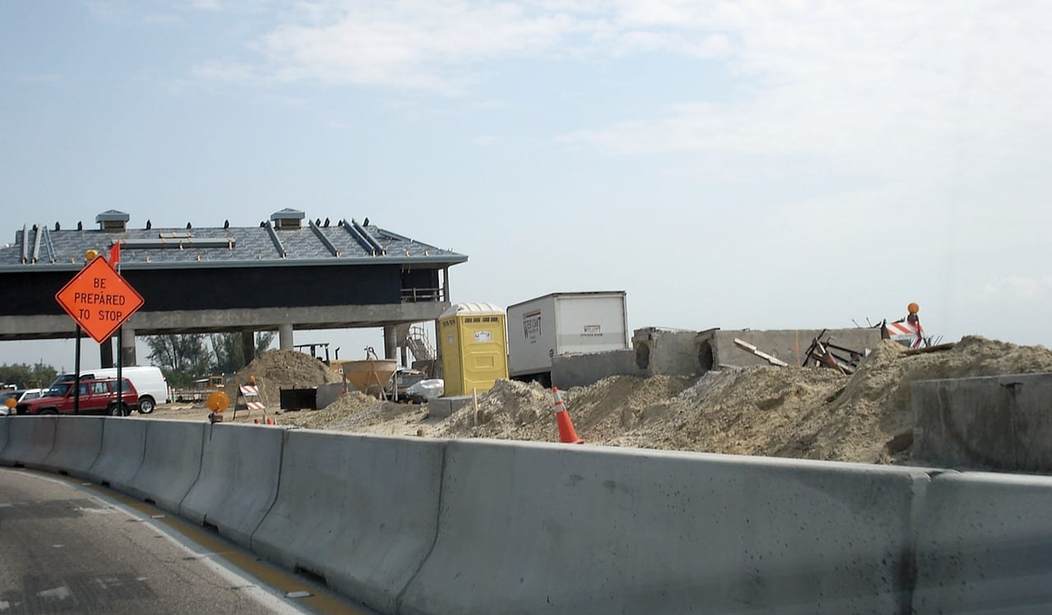As a high-tax, high-spending state, Connecticut faces perennial problems maintaining its infrastructure. Revenues never seem to meet the needs, and finger-pointing abounds. The transportation budget faces a staggering $60 billion backlog on infrastructure and maintenance, and the transportation fund will be insolvent within five years. Now, Democratic Gov. Ned Lamont believes he’s found a solution: borrow against anticipated future tolling revenues, projected at around $800 million annually.
Just one problem: tolls have not been approved by the legislature, there’s no assurance that the feds will approve tolls in Connecticut, and John Kasich already tried this in Ohio and the money ran out.
Ok, that’s three problems, but you get my point.
Lamont is looking to install electronic tolling on I-84, I-91, I-95, and Highway 15. He says it will “speed up [the] transportation system and get this state moving again.” Connecticut got rid of its last toll booths in the 1980s, and the Democratic majority in the legislature is still debating a bill to add new tolling.
Republicans have accused Democrats of raiding the special transportation fund “lockbox” several times, which has contributed to the unfunded infrastructure liabilities. Democrats deny this, saying that the money diverted before it got into the fund does not constitute a raid.
Yeah, they really said that:
Republican Gov. John Kasich of Ohio, whose father was a mailman, tried a similar scheme in 2013, in an attempt to avoid raising gas taxes. He extracted $1.5 billion for immediate funding of road projects, but the money ran out before they could fix all the crumbling roads. Ohio taxpayers got stuck paying off the bonds — until 2048. This budget shortage forced the current Ohio governor to sign a 10.5-cent gas tax increase and a 19-cent diesel fuel tax increase this year.
The CT Post reports:
Jonathan Peters, professor of finance and data analytics at The College of Staten Island School of Business and a tolling expert, said if Connecticut decides to follow Ohio’s lead, officials will need to consider the borrowing costs and how the state will fund both short- and long-term transportation projects.
“Borrowing the money up front would allow you to have more flexibility to repair things today, but it would give up future opportunities for other repairs down the road because you’ve spent the money,” he said. “It’s not new money. It’s not magic money.”
Meanwhile, the free market think tank, Yankee Institute for Public Policy, reports:
Gov. Lamont needs the toll revenue because his budget relies on diverting the vehicle sales tax revenue from the STF, essentially bankrupting the fund by 2021 – a risky move when even the rosiest of scenarios predicts the tolling infrastructure couldn’t be built and operational until 2023.
The federal government would have to approve Connecticut’s tolling plan. To date, no state has attempted anything like what is proposed in Connecticut. Even congestion tolling is limited to high-occupancy vehicle lanes and new construction. No state has ever attempted to toll every lane, every mile of interstate highway.
So Lamont proposes to borrow against revenues that might show up sometime within the next four years? Who would be stupid enough to buy those bonds? No wonder residents are fleeing Connecticut in droves.










Join the conversation as a VIP Member